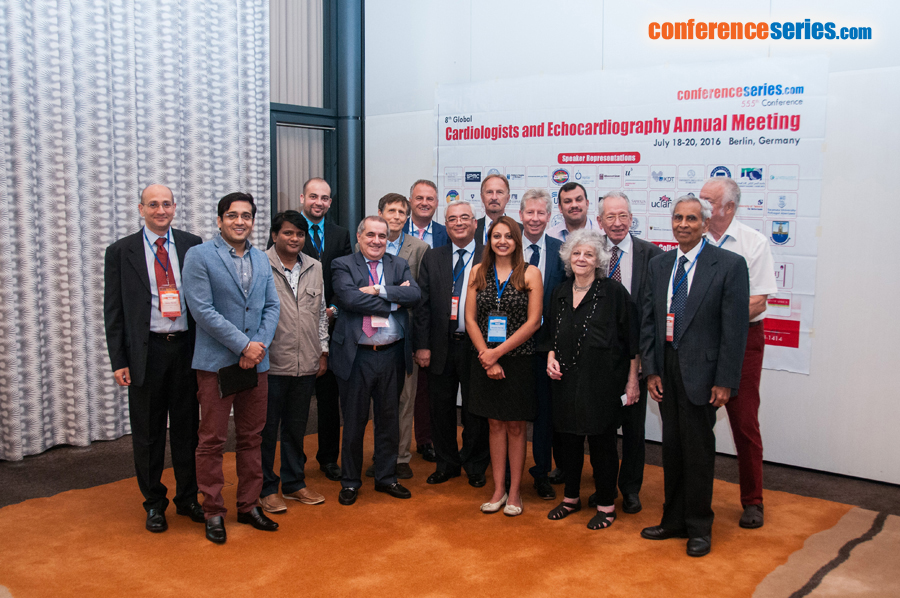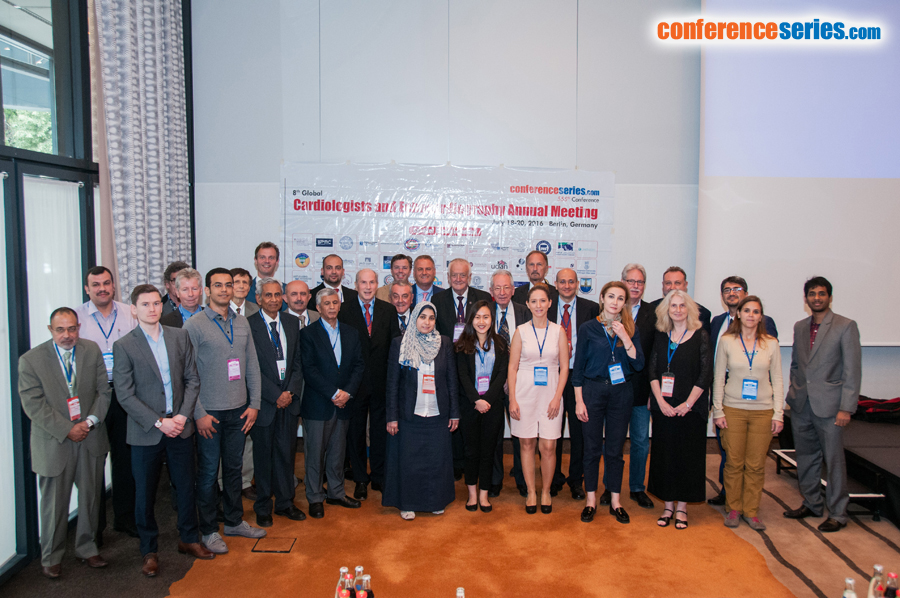
Robert Stephenson
University of Central Lancashire, UK
Title: The structural heterogeneity of the cardiac mesh revealed by high-resolution micro-CT
Biography
Biography: Robert Stephenson
Abstract
The intricate micro-structure of the heart and its relationship with cardiac function has been debated for decades, without current consensus. Therefore scientists and clinicians strive to improve our understanding of cardiac anatomy in 3D and provide 4D explanations of its role in contractile function in health and disease. Ex-vivo contrast enhanced micro-CT utilizes the same principles as clinical CT, producing 3D tomographic images non-destructively. Micro-CT, however, permits spatial resolutions approaching the scale of individual cells (5-20 μm). Our iodine based contrast agent allows differentiation of multiple soft tissue types; fat, myocardium, conduction system and extracellular matrix show decreasing X-ray absorption and thus grayscale values respectively. Using micro-CT to image human and rabbit hearts ex-vivo, we reveal the true structural heterogeneity of the heart in 3D and provide new insight into the structural basis for antagonistic forces generated within healthy and failing hearts. We show how the myocyte chains aggregate to form a heterogeneous interconnected network of lamellar units, bound internally by dense endomysium and externally by sparse perimysium. The units are seen to be complex and variable 3D structures, which exhibit sheet, cord and branched elements. They maintain the helical myocyte arrangement, but can twist and intrude radially, occasionally forming orthogonal abutments with adjacent units. We have obtained 3D myocyte orientation at near cellular resolution. Using computer algorithms we extract the helical and intrusion angle of the myocytes on a voxel by voxel basis; the longitudinal chains they form are then tracked and visualized in 3D. Thus we reveal the heterogeneity of myocyte arrangement, showing the classic helical depictions to be over-simplified. Many myocytes have intruding angles greater than 20°, with an increased population observed in the sub-endocardium. This number is reduced in regions of dilatation in failing hearts, potentially hampering diastolic filling and reducing intrinsic stability thus perpetuating dilatation. This data gives new insight into the structural heterogeneity of the cardiac mesh, revealing the complex 3D morphology and interactions between the lamellar units and myocyte chains housed within them. We show how the intrusion of chains of myocytes offers a structural basis for intrinsic antagonism, and show how myocyte intrusion is reduced in regions of dilatation, providing new information on contractile dysfunction in the setting of intrinsic antagonism.



